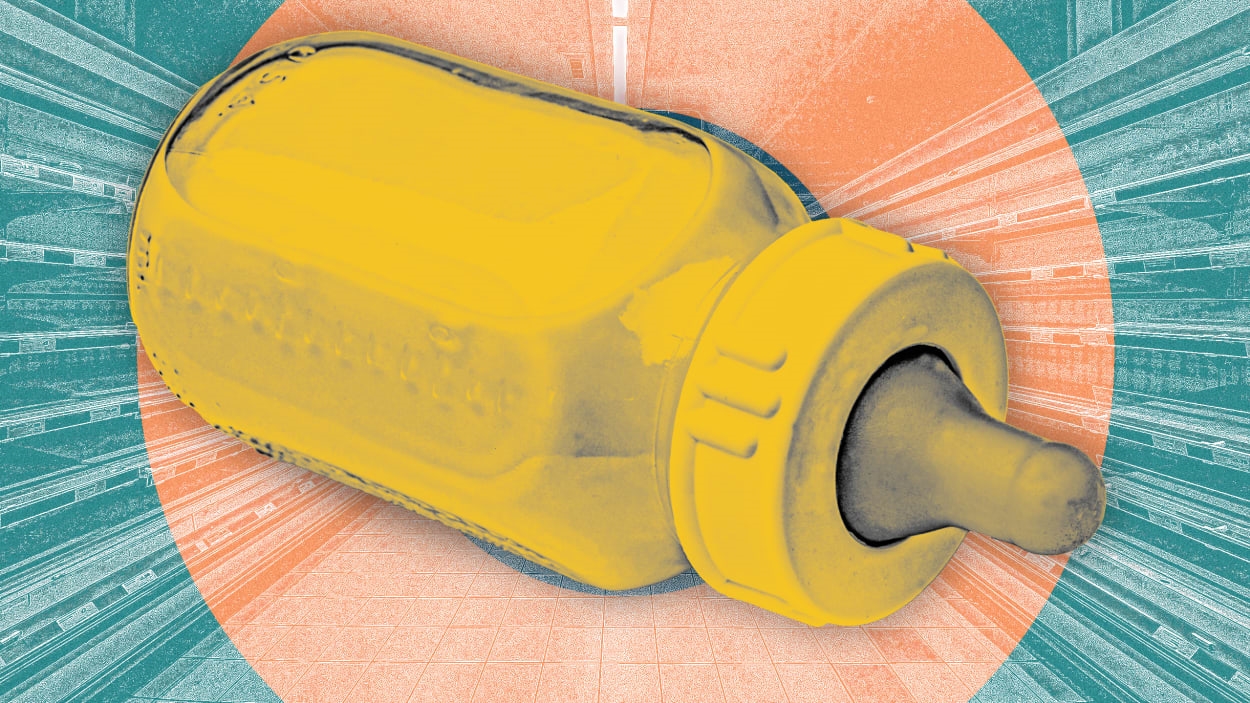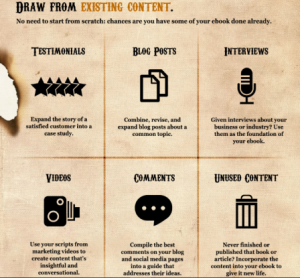By Sam Becker
Who can forget the doldrums of the pandemic in 2020, when Charmin was the hottest commodity around? Over the past couple of years, stores have managed to restock shelves and most supply chains have ironed themselves out (to a degree). But even throughout 2022, shortages of various goods and products led to higher prices, consumer frustration, and for some—such as those trying to track down medicine for their sick kids—significant anxiety.
That’s because supply chains around the world are still, by and large, shaking off the effects of COVID-19 and the disorder it has unleashed. “We saw weaknesses in supply chains during the pandemic,” says Shanton Wilcox, U.S. manufacturing lead at PA Consulting, “but it’s tough to react to a spike in demand, and especially one that was across such a large population.” As such, he says, suppliers and retailers are, in many respects, still playing catch-up.
Add in Russia’s invasion of Ukraine, climate change and weather wreaking havoc on crops around the world, and central banks’ raising interest rates to combat inflation, and there are further disruptions and issues that are creating hurdles for businesses around the world.
“We’re on a declining rate of shocks relative to the peak we had in 2021 and 2022, but there’ll still be shortages and shocking price increases even during 2023,” Wilcox says.
In contrast, some retailers are experiencing an oversupply of some products, and are doing everything they can to move merchandise out the door as 2022 winds down. “Things have drastically changed within the last two years. There is now too much inventory for retailers to sell,” says Nicola Kinsella, SVP of global marketing at Australia-based Fluent Commerce. “Due to supply-chain issues, vendors over-ordered supplies in order to compensate, but are now stuck with inventory due to the economic downturn.”

So consumers may find themselves facing steep discounts for some products contrasted by high markups on others, all because the world’s supply chains are still ironing themselves out. As for the products that Americans found in short supply during 2022? Here’s a rundown of some of the most notable and impactful shortages of the past year.
Looking ahead to 2023, consumers should expect some improvement on the supply-chain front, but not necessarily for everything to return to a sense of pre-pandemic “normal.” Wilcox says that higher interest rates have “helped tamper demand” from consumers, but that the war in Ukraine and other factors will still cause supply issues for many goods.

“Next year, most shortages will come down to an acceptable level,” Wilcox says. “We’ll still see acute shortages [such as for products like medicine], but some of the shortages that we saw over the past year should taper off.”
(20)
Report Post









